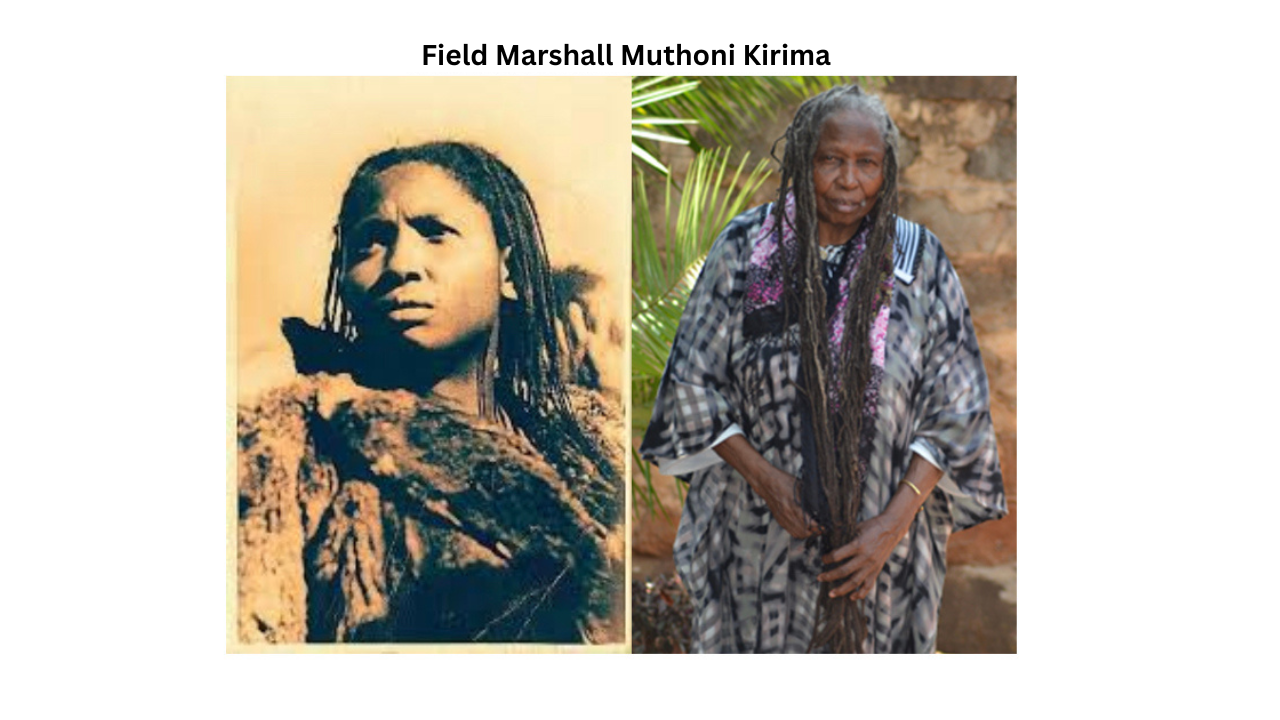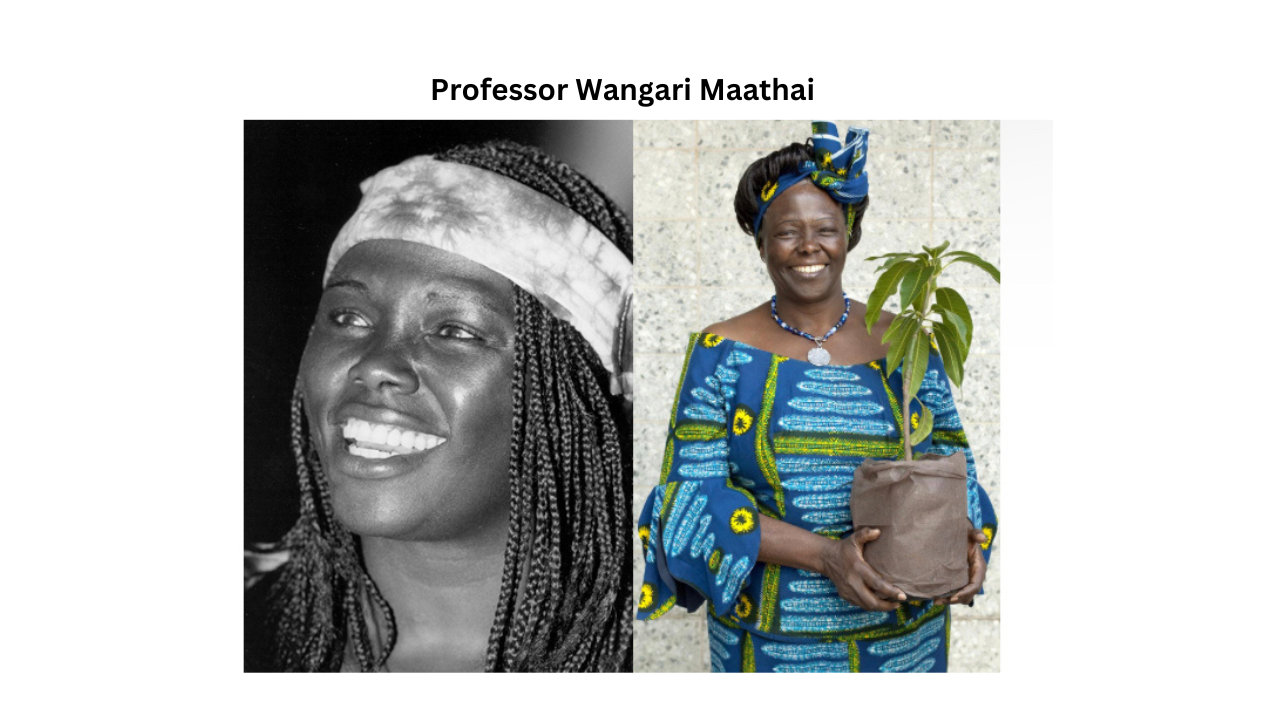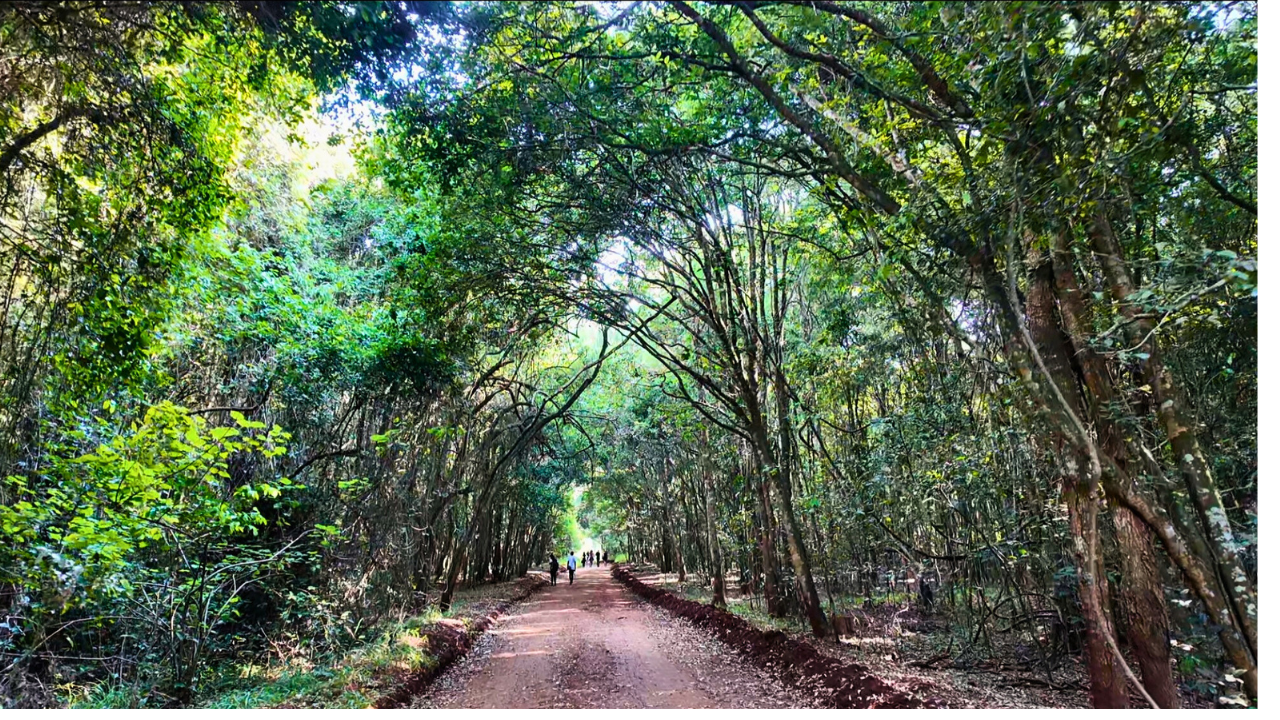The African Environmental Youth Advisory Women in the history of Karura Forest
Born and raised in Nairobi, Kenya, I am lucky to have two homes with a special place in my heart. They are both rooted in nature but distinct because one is nestled in the lush green highlands of Western Kenya, a place called Nyamira, and the other is in the heart of Nairobi city. Whenever I picture these two outdoor communities, my heart fills with a deep sense of connection and belonging.
Whenever I crave the embrace of nature in Nairobi, I always find my way to Karura Forest. Most people in the city go to Karura forest to ride bicycles on the trail, run, walk, practice yoga, or even play tennis to satisfy their connection with nature. Being in Karura Forest feels like stepping into a sanctuary of green, where time slows; it feels like stumbling into a Jumanji scene, of course, without the thrilling quests- instead, the towering trees with their leafy canopies embrace you. I once went hiking with the Sounds of Freedom organization. I learned that these trees whisper stories of resilient and courageous women who fought for our independence and against deforestation. Their stories are nestled at the heart of the forest, and I am so grateful to Andie Creel from Backcountry Squatters for inspiring me to revisit and share these stories.
In the 1950s, this forest was a refuge for freedom fighters in Kenya’s struggle for independence from the terrifying British colonial invasion. The Mau Mau freedom fighters sacrificed their lives and safety for the dream of a free and independent country. Field marshal Muthoni Kirima was among the many courageous women who fought for our freedom. The women were warriors who knew all about survival in the forest and would provide new members with maps, code phrases, and resources to survive in the dense wilderness. There were a lot of risks involved, such as being killed by snakes, buffalos, rhinos, and the colonial British groups. The women had a lot of bravery and skill in the forest, and their role was to teach their transferable skills to newcomers in the forest and help them endure unspeakable hardships. Women in this forest symbolize our independent and free country today, and I am forever grateful for their tenacity.
Fast forward to the 1990s, the late Professor Wangari Maathai found the forest under the threat of deforestation and the commercial development of luxury homes. The Green Belt Movement told the government they planned to reclaim the lost forest by planting trees. Of course, not everyone was mesmerized by this because it stagnated their capital gain on this precious piece of land. While planting trees, they were met with violent resistance by young men hired by developers. They used machetes to hack at them and tore up all the seedlings they had just planted. Despite this experience, the activists and students who participated in the Green Belt movement did not give up. They continued to advocate for the protection of this forest by returning time and time again to plant more indigenous trees. You can imagine the frustration—trees going up, trees coming down—like a nature-themed tug of war. However, persistence is a powerful force because in 1999, their perseverance paid off, and the government finally banned public land allocation, securing Karura’s future.
Since then, the Karura forest has remained the lungs of our city; our urban forest is a little over 1,000 hectares and is nestled in the northern part of the city. The flora, fauna, and ground hold centuries of stories woven into the roots. Protected wild animals, birds, and insects thrive here without worrying about their future. It is not just the wildlife that thrives—local people and visitors come to embrace this legacy of environmental stewardship in Kenya. The abundant diversity of flora and fauna found within the forest is an essential ecological balance for our city. We get fresh air and a healthy environment. The Karura Forest is a living testament to the resilience of nature and the women who fought for a cause. As we continue to walk, bike, and jog its paths, we carry the legacy of these warriors, knowing that women should continue being empowered to embrace this precious green space.
My name is Nyasaina Kwamboka ( nee-yah-sayee-na kwam-boh-kah ), and I am the Founder and Senior Researcher of the African Environmental Youth Advisory. Through transnational environmental education, our goal is to build global solidarity between African countries and the US to contribute to equitable and just environmental policies and solutions. So many people want to be a part of an inclusive global environmental movement; therefore, we created this space to make it happen! This collaboration with Andie Creel and Backcountry Squatters brings to life the value of connecting with nature as women, nonbinary folks, and Indigenous people of different intersections.
Website: www.africanenvironmentalyouthadvisory.org
Instagram: @africa.environmental.advisory
keep reading






Well done, great research work .